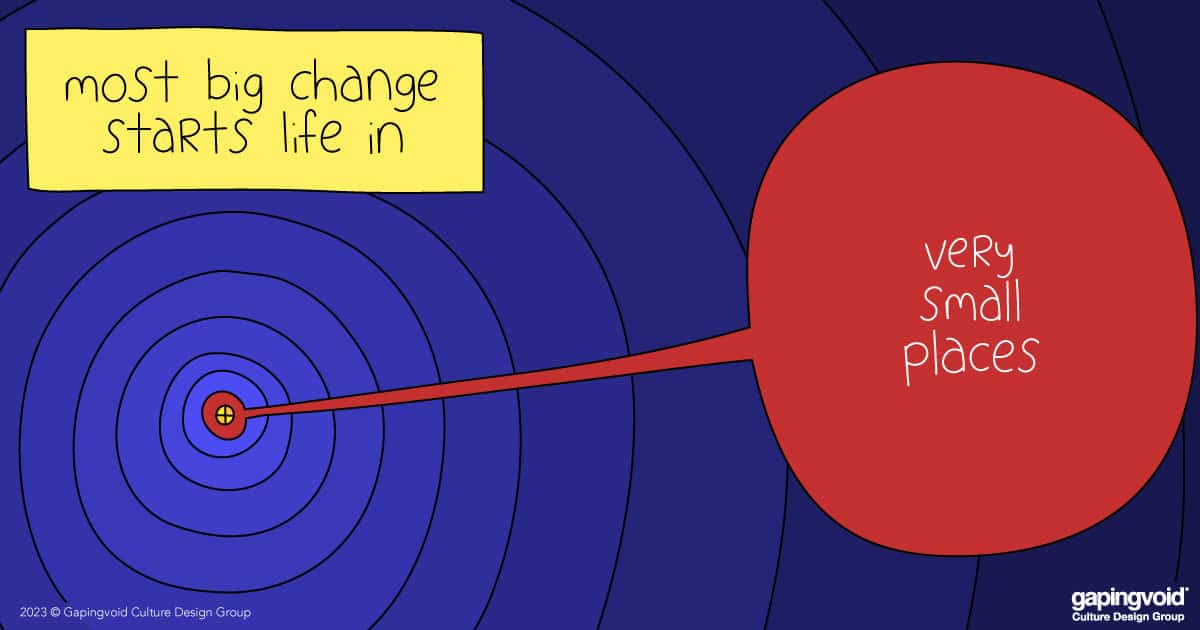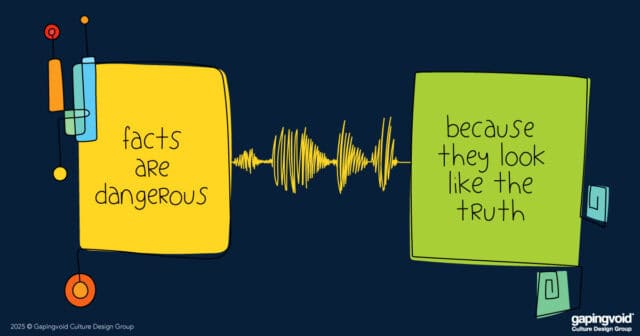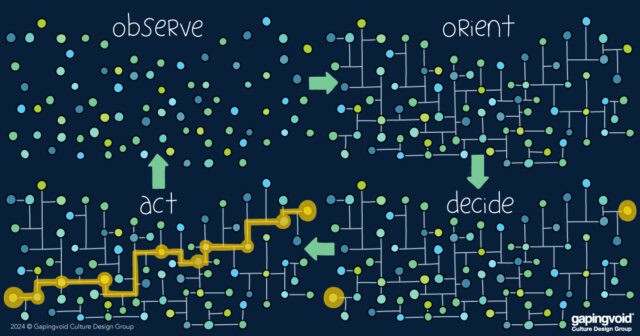
Adam Smith, in his famous 1776 book, The Wealth Of Nations, uses the metaphor of an “Invisible Hand” to describe the forces in a market economy.
The hand, of course, is not really invisible: it’s just incredibly complex, and our minds can’t always grasp it.
Many things are guided by invisible hands, not only markets.
As Malcolm Gladwell revealed in Outliers, tiny details that exert a small influence on a person when they are young can lead to massive changes in overall life trajectory.
The same holds true for most complex social systems, like a political party, a nation-state, or a corporation: a small detail in its infancy can define its ultimate destiny. It’s like a plane that takes flight a fraction of a fraction of a degree off the target. 1,000 miles later, that invisible detail makes a big difference.
One miscommunication and one wrong turn later and Gavrilo Princip’s shot of his pistol set off a chain of events that would result in WWI. One bravely defiant woman refusing to give up her seat in Montgomery in 1955 became the spark for the Civil Rights movement in the United States.
We intuitively feel like the pages of history turn because brave political innovators turn them. In part, this is true. But it’s also our agent-detection bias acting up. People like Martin Luther King Jr., Mahatma Gandhi, and Winston Churchill – were all incredibly influential, yes, but they all harnessed the momentum of a wave that they didn’t create (at least not entirely).
Invisible, imperceptible, hidden-in-plain-sight details that exert a small but consistent influence on a complex system can produce incredible results over time, without anyone realizing where those results came from. Bold, sweeping actions by visionary leaders often depend on the accumulated momentum of those small details… not the other way around.
As scientist and mindfulness guru, Jon Kabat-Zinn said, “The little things? The little moments? They aren’t little.”
The butterfly effect isn’t a myth. It’s the way the world works.



